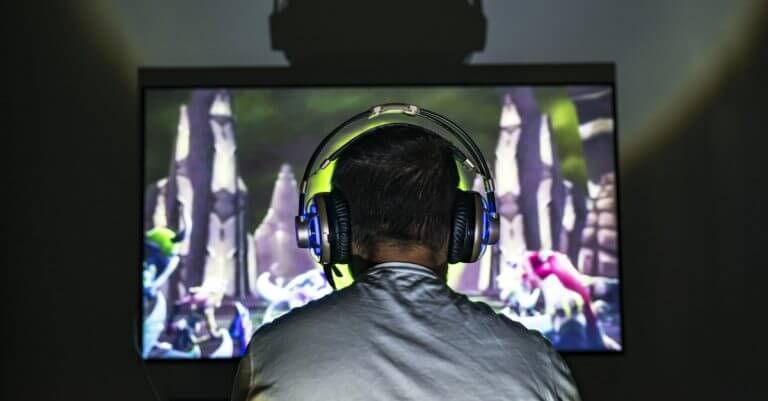
You would have heard the spiel before about video games being bad for you and no help to your learning process. But one educator thinks otherwise.
Assistant Professor of Education at Mississippi Valley State University Dr. Alfred Boyd Jr. believes the absorbing quality of video games can be “hijacked” to motivate children in the classroom.
In an Education Week article, he argued “games and ‘gamification‘ can be extremely useful in education when utilized correctly.”
https://twitter.com/KimSnodgrass/status/958473697253306369
But gamification doesn’t mean students can just plug in their gaming systems and play through their classes; instead, elements from gaming can be taken and applied in the classroom. Less game-based teaching and more game-informed.
It can be used in many different ways to improve students’ learning, but according to Boyd, its most useful application is in increasing motivation.
Gamification keeps students motivated through rewards
Using the ideas of gamification, teachers could divide lessons up into stages. When students reach the next stage, there will be some sort of reward, which can be anything the teacher sees fit – Boyd suggests a badge.
Instead of overwhelming students with one seemingly endless task, the work is broken down into more manageable chunks with little rewards along the way. Students will be more motivated and able to complete each section of the overall task bit by bit, step by step.
.@lynch39083: Gamification is a Key to Motivating Students https://t.co/FytjcbIrWo #EWopinion
— Education Week (@educationweek) February 1, 2018
Much like gaming, some educators are even implementing a “levelling up” system when students participate in class and achieve certain goals.
Simple rewards can make a big difference to students.
Gamification can also help students deal with failure
The fear of failure – and the potential mockery which can accompany it – is a significant factor in why many students feel unable to speak out and ask questions in class.
Boyd claimed researchers have found children use trial and error when gaming. The same attitude can be applied to learning; in gaming, failing is seldom reason to stop playing, it is reason to keep playing.
By tackling a failed game or lesson again, young people are able to learn from past mistakes and confront the challenge in a new way. Chances are they will get better and better at the task at hand, understanding a little more each time and moving on quickly from their failures.
"When teachers apply the principles of game design to the classroom, children no longer fear failure," says this ed. prof. #Gamification is a key strategy to motivate students. #edtech https://t.co/wheZHaIkk0 pic.twitter.com/BYY14e3cgA
— Michelle Davis (@MichelleR_Davis) February 1, 2018
Gamification can teach children to overcome mistakes and see each new attempt as a way of bettering their method. Their relationship with failure flips from a fearful one to seeing it as a standard, and necessary, part of learning.
This way the amount of effort a student puts into a task is met with reward.
Boyd claimed gamification allows teachers to tailor their lessons and teaching methods to their class of unique individuals. This personalized content allows each child to flourish while also meeting the teacher’s learning objectives.
Liked this? Then you’ll love…
5 ways to stay motivated when you are distance learning
Gamers rejoice: An Ohio uni is offering e-sports scholarships







